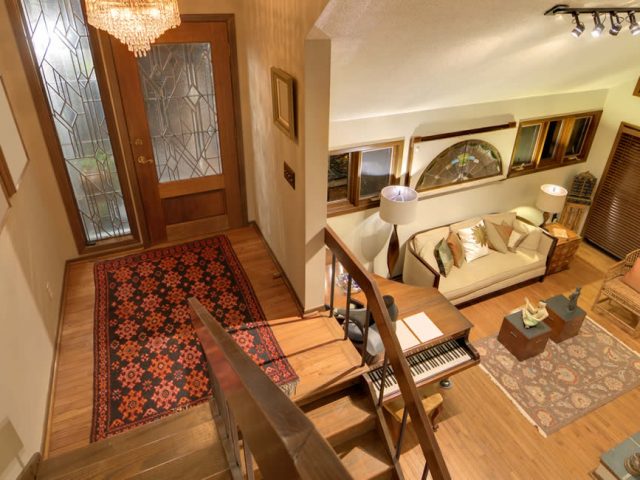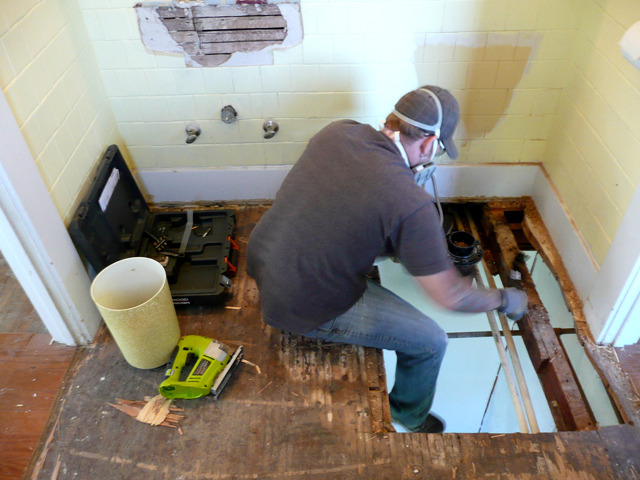Speed Up The Construction
Protected Panels are built building panels utilized in floorings, walls, ceilings on buildings. Setting up protected panels for developing constructions are intended to guarantee the power performance, very easy and also quick installation and also a decrease in operating costs. A structural shielded panel (SIP) is a composite structure product; consisting of an insulating layer core sandwiched in between 2 layers of steels.
Features of SIP
SIP’s are typically made from the Oriental Strand Board (OSB) panels sandwiched around a foam core constructed from increased polystyrene (EPS), extruded polystyrene (XPS) or stiff polyurethane foam. Various other materials such as plywood, pressure-treated plywood for below-grade structure walls, steel, aluminum, concrete board such as Hardie Backer, as well as even exotic materials like stainless steel, fiber-reinforced plastic, and also magnesium oxide can also be used in substitute of OSB.
SIPs provide continuous air and vapor barrier along with enhanced R-Value compared to traditional building and constructions. When labor price, product waste and also energy performance are taken into consideration SIPs approach extra standard building techniques.

History
The Concept of Structural Protected Panels (SIPs) introduced The Woodland Products Lab in Madison, Wisconsin in 1935. The laboratory developed a model panel contained mounting participants, plywood as well as tough board sheathing, and also insulation. These preliminary panels were made use of to build examination residences and also examined after 30 years to reveal that the panels retain their first strength. In 1952 Alden B. Dow produced the very first foam cores SIPs which were being standardized in the 1960’s.
Exactly how to use SIP
The SIPs are designed to withstand axial loads, shear lots as well as out of edge tons. These can be utilized for floors, walls, roofs etc. for the structures. They have the capacity to stand up to the bi-axial bending and lateral shear; so, they are significantly suitable to be used as roofings and also floors. One of the most widely utilized panel joint connections are the Surface spline and also Block Spline.
The Surface area spline Joint Link consists of the strip of OSB or plywood put into slots in the foam. The block spline is a thin and narrow SIP assembly that is placed right into recesses in the foam along the panel edges. These links cause a constant foam core throughout the panels. This aids to eliminate air purification at the joints. For more info and tips on buying windows, click on this link.
One more joint connection is Mechanical web cam locks; create a tighter joint in between the panels. In any type of type of link, the seam along the sheathing must be covered with a continuous line of panel tape. Openings may occur at the sides as well as corners of the panel, and so the panel foam can be recessed to accessibility lumber headers. Any type of opening within the SIPs that approve one more enclosed element has to be correctly sealed.
Advantages and also Disadvantages
Benefits:
- SIP provides the tighter building envelope as well as the walls will have greater protecting buildings.
- Reduction in operating expenses.
- Structures made with protected panels can be easily taken down and also recycled
- Protected panel residential properties (toughness as well as thermal insulation residential property) will certainly continue to be the very same if reused.
- It is inexpensive as it can be mounted quickly
Disadvantages:
- Quite bad efficiency relative to the noise control.
- Can be damaged by dampness. Better to utilize the panels with waterproof surface areas.
- Panels should be correctly safeguarded from pests/insecticides.
- Needs an appropriate mechanical ventilation system
- Adjustment of the first task is pricey.
Verdict
The Architectural Insulated Panels come upraised and prepared to be set up, as well as for this reason it aids to speed up the construction.Also, it needs marginal equipment as well as workforce and also thus inexpensive.




